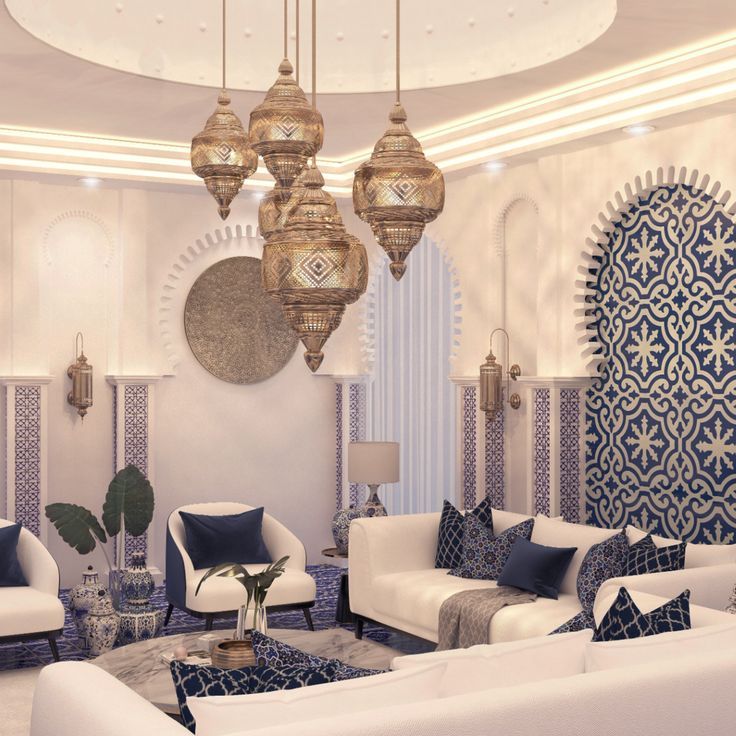Moroccan homes exude an unmistakable allure, merging centuries-old traditions with modern comforts. The distinctiveness of Moroccan architecture and interior design captivates a global audience with its beauty. Here we give you a quick introduction to Moroccan homes, and the cultural nuances of Moroccan family life and hospitality.
Architectural Elegance
Moroccan architecture is a rich tapestry of Arab, Berber, Moorish, and Mediterranean influences. The hallmark of Moroccan homes is their intricate geometric patterns, vibrant colours, and exquisite craftsmanship. Urban homes, especially in cities like Marrakech and Fes, are often traditional riads. These are houses built around a central courtyard or garden, providing a private, serene space shielded from the bustling streets. Riads typically feature tall, plain exteriors with elaborate, decorative interiors.
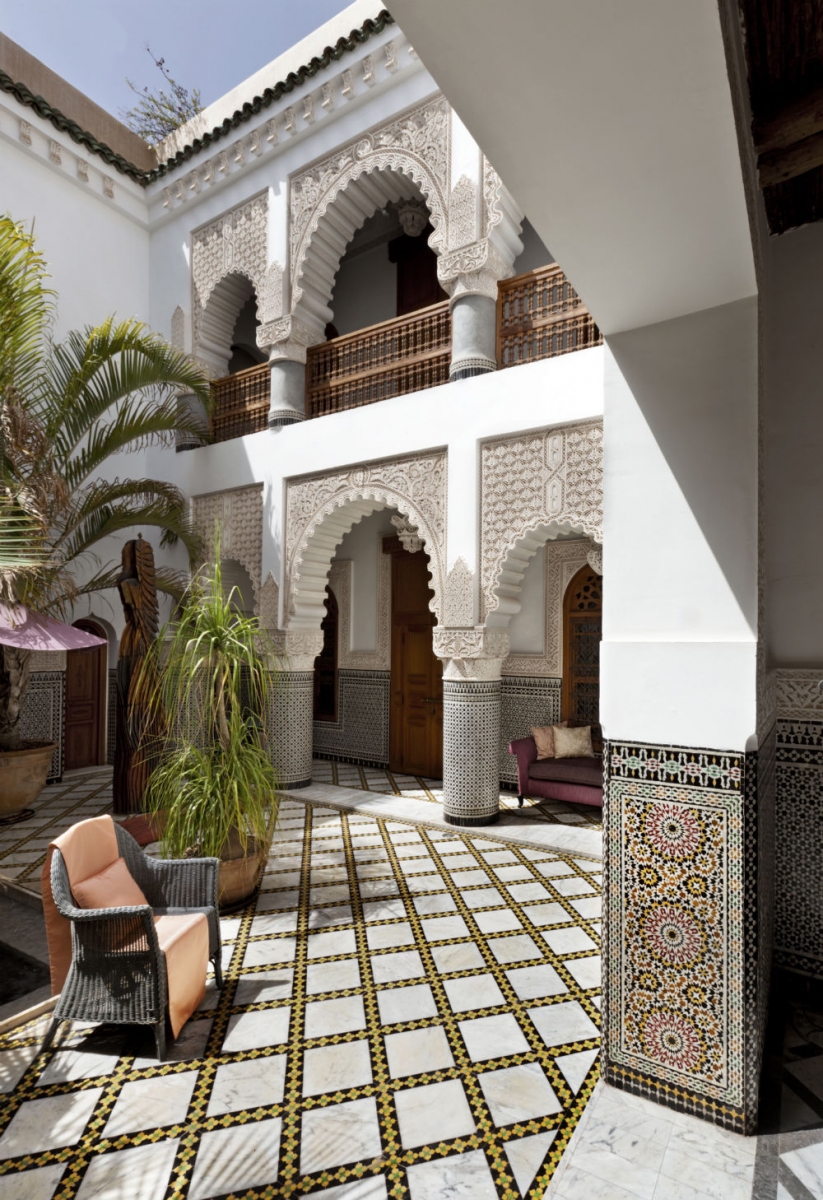
In rural areas, traditional homes vary greatly depending on the region. In the Atlas Mountains, houses are constructed from locally sourced materials like adobe, blending seamlessly with the landscape. Coastal regions might feature whitewashed buildings with blue accents, reflecting Mediterranean influences.
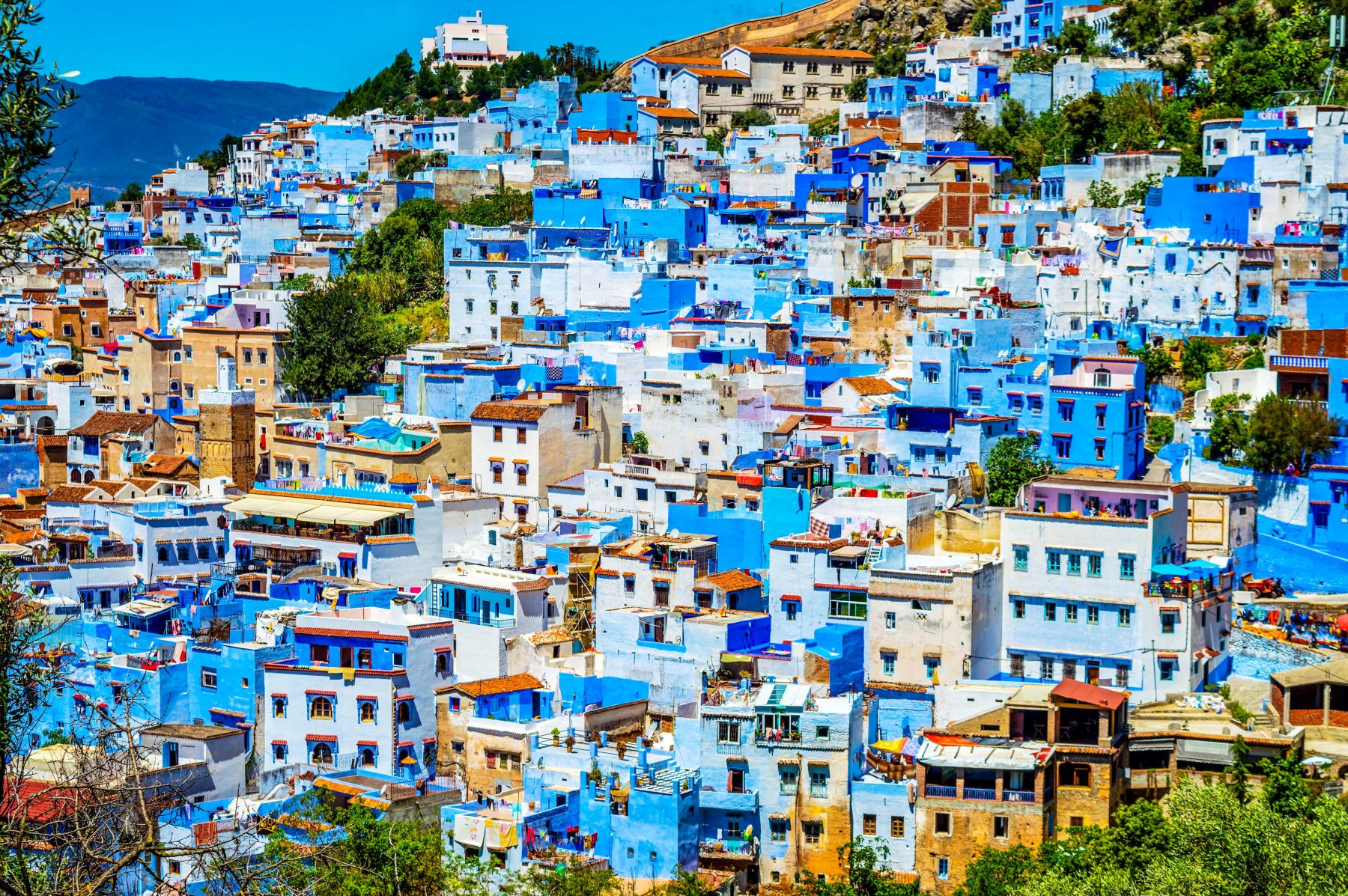
Interior Design Features
The interior of a Moroccan home is a feast for the senses. Vibrant colours, intricate tilework, and luxurious textiles are ubiquitous. Zellige tiles, handmade and meticulously arranged in geometric patterns, adorn walls, floors, and fountains. Tadelakt, a polished plaster, is often used on walls, providing a smooth, waterproof finish that is both functional and beautiful.
Furniture in Moroccan homes is typically low to the ground, promoting a relaxed and intimate atmosphere. Plush cushions, intricately carved wooden tables, and ornate lanterns are common. The use of mashrabiya, or carved wooden screens, adds an element of privacy while allowing air and light to filter through.
Gardens and Outdoor Spaces
Outdoor spaces play a crucial role in Moroccan homes. Courtyards, terraces, and gardens offer a sanctuary from the heat and bustle of urban life. These areas are often lush with plants, providing a cool, shaded retreat. Fountains or small pools are common features, creating a soothing ambience with the sound of trickling water.
In rural settings, homes often have larger gardens or farm areas, reflecting the agrarian lifestyle. These spaces are not only for relaxation but also for growing herbs, vegetables, and fruits, which are integral to Moroccan cuisine.
Family Life
Moroccan families place great emphasis on hospitality. Homes are designed to accommodate guests comfortably, with spacious living areas and multiple seating arrangements. The salon, a large living room, is a central feature where guests are welcomed and entertained. It is often adorned with plush cushions, ornate rugs, and beautiful tapestries, creating an inviting and warm atmosphere.
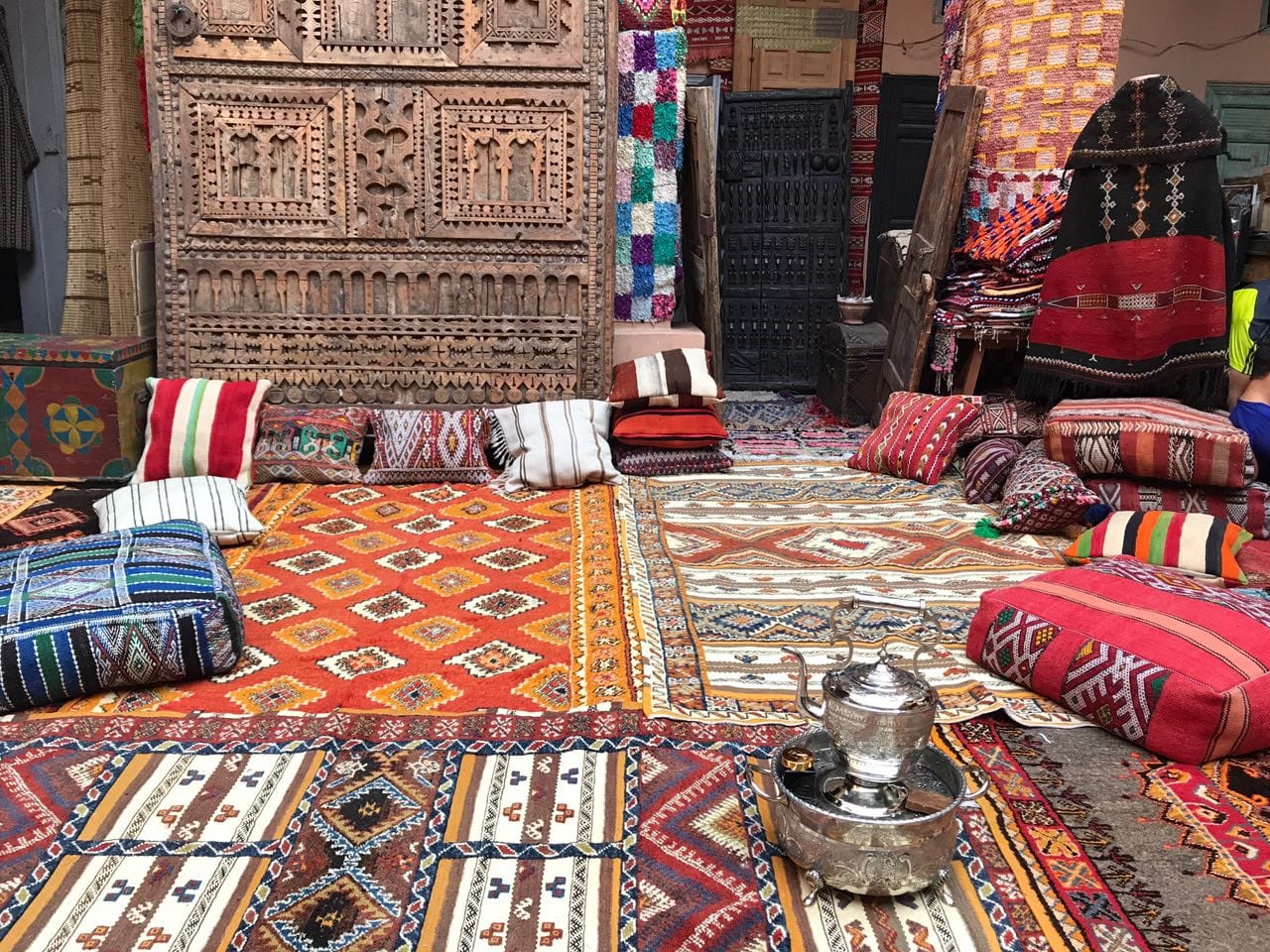
Meals are a significant part of Moroccan hospitality. Sharing food is a way to strengthen bonds and show generosity. Traditional Moroccan dishes like tagine and couscous are often served in large communal dishes, encouraging a sense of community and sharing.
Decorative Pieces
Decorative elements in Moroccan homes are not just about aesthetics; they often have cultural and historical significance. Berber rugs, for instance, are handwoven and each design tells a story or symbolises a particular aspect of Berber culture. Brass and copper lanterns, intricately designed, add a touch of elegance and mystique, casting intricate shadows when lit.
Ceramic pottery, often hand-painted in vibrant colours, is both functional and decorative. These pieces are used in everyday life but also serve as beautiful art objects. Moroccan doors, often elaborately carved and painted, are another significant feature, showcasing the craftsmanship and artistic heritage of the region.
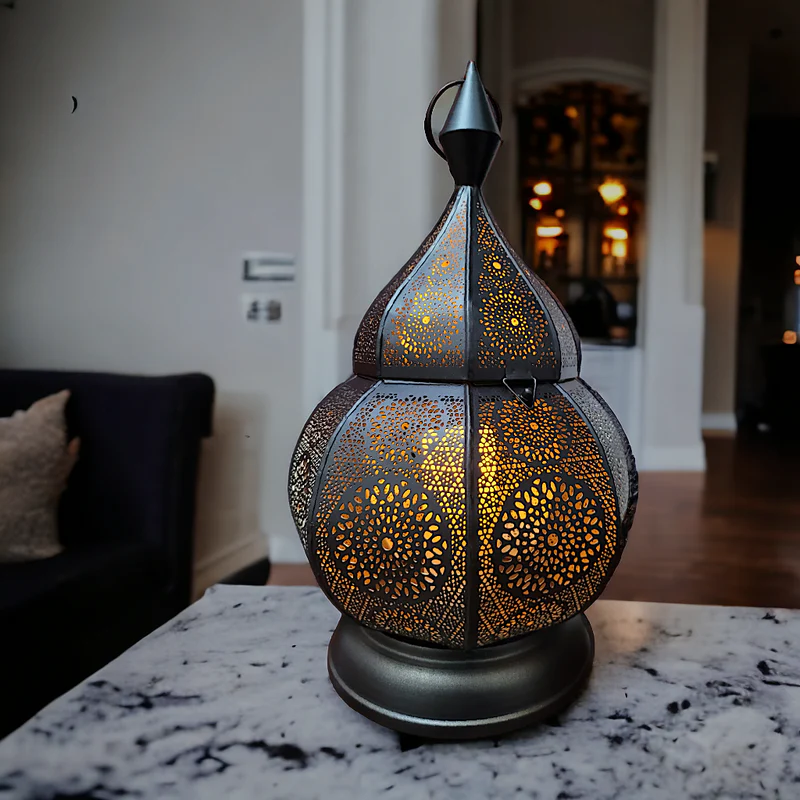
Moroccan homes are a testament to the country’s rich cultural heritage and artistic tradition. From the intricate architecture to the lush outdoor spaces, every element is designed with both beauty and functionality in mind. The emphasis on hospitality and family life adds a unique warmth and charm, making Moroccan homes not just places to live, but sanctuaries of comfort, tradition, and elegance.

